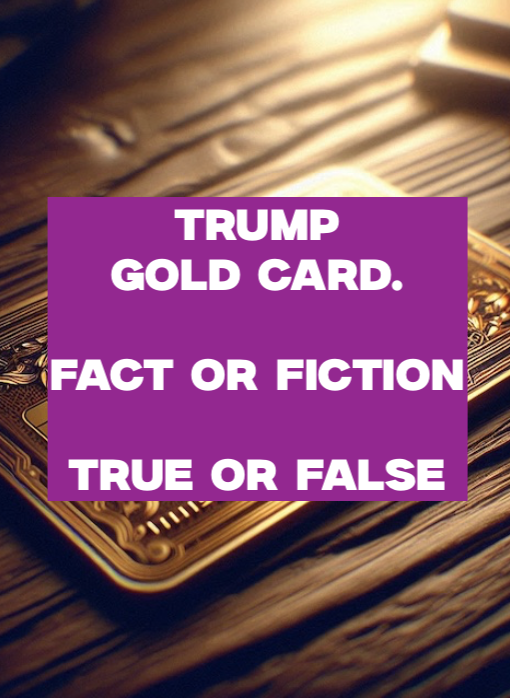
Commentary by Mark Lugo, LUGO AGUZZI CONSULTING SERVICES
In February 2025, President Donald Trump announced a significant shift in U.S. immigration policy with the introduction of the “Gold Card” visa program, aiming to replace the existing EB-5 Immigrant Investor Program. This new initiative proposes granting permanent residency and a pathway to citizenship for foreign nationals willing to invest $5 million into the U.S. economy.
The EB-5 Program: An Overview
Established in 1990, the EB-5 program was designed to stimulate the U.S. economy through job creation and capital investment by foreign investors. Applicants were required to invest $1.05 million, or $800,000 in targeted employment areas, into a U.S. business that would create or preserve at least ten full-time jobs for U.S. workers. In 2022, the program was reauthorized through the EB-5 Reform and Integrity Act (RIA), extending its validity until September 30, 2027, and introducing measures to enhance oversight and integrity.
The Gold Card Proposal
The proposed Gold Card visa significantly increases the investment threshold to $5 million and aims to streamline the process by eliminating the job creation requirement inherent in the EB-5 program. Commerce Secretary Howard Lutnick criticized the EB-5 program for being “poorly overseen” and “poorly executed,” suggesting that the Gold Card would address these shortcomings by ensuring legitimate investments.
Legal and Practical Considerations
While the administration intends for the Gold Card to replace the EB-5 program, legal experts argue that such a change cannot be unilaterally implemented by the executive branch. The EB-5 program was established by Congress, and any modifications or terminations would require legislative action. The U.S. Constitution grants Congress the authority to regulate immigration laws, and past attempts to alter immigration policy through executive action have faced legal challenges.
Economic Implications
The administration projects that the Gold Card program could attract up to one million investors, potentially generating $5 trillion in revenue to reduce the national debt. However, analysts question the feasibility of these projections, citing the high investment threshold and potential limited demand. Similar programs in other countries have not attracted such large numbers of investors, and the requirement to pay U.S. taxes on global income may further deter potential applicants.
Impact on Real Estate and Local Economies
The EB-5 program has historically been a source of financing for large-scale real estate developments, offering developers access to capital at favorable terms. Projects such as New York’s Hudson Yards and the San Francisco Shipyard have benefited from EB-5 investments. The proposed shift to the Gold Card visa could disrupt this financing mechanism, potentially affecting ongoing and future development projects that rely on such investments.
Conclusion
The Trump administration’s proposal to replace the EB-5 program with the Gold Card visa represents a notable change in U.S. immigration and economic policy. While aiming to attract substantial foreign investment, the proposal raises legal, economic, and practical questions that require careful consideration. The balance between attracting wealthy investors and ensuring equitable economic development remains a critical aspect of this ongoing policy discussion.
